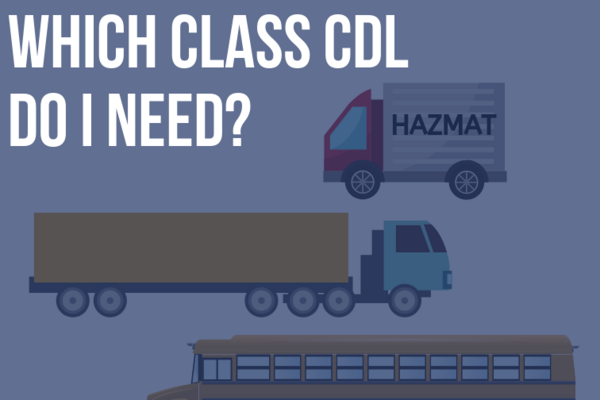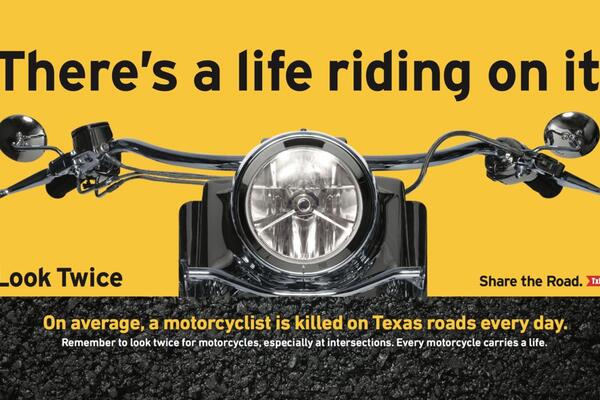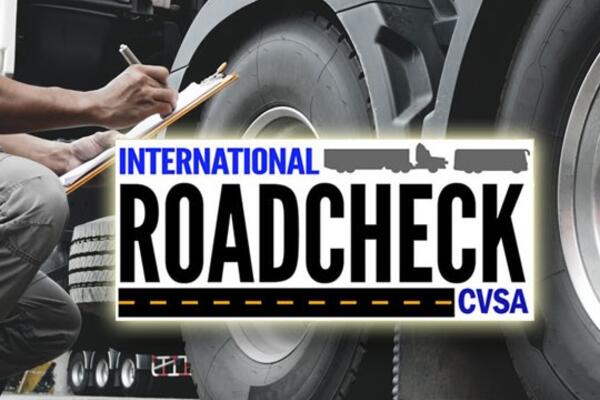How are You Retaining Strong Fleet Drivers?
In January, the Heavy-Duty Trucking Magazine released its 2021 Economic Outlook with four items that they see will have an impact in 2021 for the trucking industry.
The first one on their list is that in 2021 there will be fewer drivers available: Fewer drivers, more stimulus funding will continue to reduce truckload capacity.
Reduced commercial driver training and licensing due to the pandemic, plus the Drug & Alcohol Clearinghouse, have resulted in nearly 200,000 fewer drivers as we enter 2021. Additional government stimulus dollars could keep even more from starting a driving career or coming back to the trucking industry. This will likely result in decreased capacity and more driver pay increases.
The average age of a commercial truck driver today is 55. This expected reduction in drivers available in 2021 will not help the current driver shortage situation. It is estimated that around 89,000 new drivers will have to be hired each year for the next decade. A large percentage (45%) of these new drivers will be required merely to meet the shortfall created due to current drivers retiring; 33% will be required just to keep up with an increase in demand. With the supply of qualified drivers at this considerable low, driver salaries are expected to keep rising as an incentive to retain existing drivers, with many transport companies looking into innovative measures to entice old drivers to stay and new drivers to join the business. You cannot sit on the sideline and let other companies entice your drivers away from your company. A proactive driver retention program is vital in retaining the good drivers you have. Here are some tips for consideration to retain the good drivers you have:
- Review for your company policies and procedures for honesty with your drivers. Make sure the policies are forthright and achievable by your drivers. The number one reason a driver leaves the employment of a motor carrier is that the driver feels that the company has been dishonest with them.
- Drivers need to be recognized as an asset to the company and a valued part of the company in all aspects of their operations and performance. Look at your driver policy and procedures manual. I have seen manuals where in the first few pages it is already explaining to the new driver what will happen when the driver is terminated or quits.
Does your culture forecast to a new driver that they will not be with the company very long or is it a company culture where it is expected that all new employees will retire from your company?
- Involve drivers in the operations of your company on a regular basis, i.e.: equipment selection, accident review committees, policy and procedure issues, customer service relationships etc. Develop a relationship with your drivers, know who they are, show a genuine concern for their welfare and longevity with the company. This relationship should be consistent from the top management and ownership down.
- Review your pay and benefit programs to make sure they are competitive in the industry.
- Keep your vehicle maintained with a systematic maintenance and inspection program that insures a safe operating unit for your driver.
- Provide ongoing training. It has been proven that drivers that receive training and are elevated in position are less likely to leave your company.
- Strictly adhere to your driver hiring and selection standards. Qualified, experienced drivers to not want to be associated with a company that hires substandard drivers.
- Provide a structured and comprehensive new driver orientation-training program. Drivers need to know the policies and procedures of the company prior to being placed into service.
- Recognize drivers for their achievements and performance. Safe driving awards, longevity awards, customer service, etc. Provide the drivers with recognition that they cannot get anywhere else. The recognition should be personalized to the driver. Coats with their name and achievement, decals for the side of their units with their first name and achievement, plaques, etc. All driver recognition should take place with other drivers as their peers in attendance.
- When a driver terminates employment, conduct an exit interview. This can be done in person or send a self-addressed stamped envelope to the driver with a written evaluation to be completed. Try to determine what the actual reason for the driver leaving your employment.
Do you need a commercial driver’s license (CDL) to operate a straight truck less than 26,001 pounds GVWR with air brakes?
This is a question that I receive a lot during the safety seminars and from our lease and rental managers. The definition of a Commercial Motor Vehicle for the purpose of requiring a CDL as described in CFR 383.5 is as follows:
Commercial motor vehicle (CMV) means a motor vehicle, or a combination of motor vehicles used in commerce to transport passengers or property if the motor vehicle-
- Has a gross combination weight rating of 11,794 kilograms or more (26,001 pounds or more) inclusive of the towed unit(s) with a gross weight rating of more than 4,536 kilograms (10,000 pounds)
- Has a gross vehicle weight rating of 11,794 or more kilograms (26,001 pounds or more)
- Is designed to transport 16 or more passengers, including the driver.
- Is of any size and is used in the transportation of hazardous materials as defined in CFR 383.5.
So, the answer is NO. However, your state may require a chauffeur’s license for a vehicle with a GVWR 10,000 pounds or more and less than 26,001 pounds, i.e., Michigan and Illinois.
Also keep in mind that there is no such thing as an air brake endorsement!!! In reference to a Class A or B CDL there is an air brake restriction only. This means that the license holder either failed the air brake section of their CDL examination or they used a CMV without air brakes for their skills test.
May is Motorcycle Safety Awareness Month
Motorist awareness is an important component of the National Highway Traffic Safety Administration's comprehensive motorcycle safety program. Over two-thirds of fatal motorcycle crashes involve a motorcycle and another vehicle. The motorist either does not see the oncoming motorcycle at all or does not see the motorcycle in time to avoid a crash. It is important for motorists to know that their actions affect the safety of motorcyclists. A motorist and a motorcyclist may take different actions for the same driving or highway situation. For example, a motorist may ignore a piece of road debris; however, that same piece of road debris may be deadly for a motorcyclist.
As a motorist or a passenger there are some steps to become more aware of motorcyclists.
Respect the motorcyclist: Remember the motorcycle is a vehicle with all the privileges of any vehicle on the roadway. Give the motorcyclist a full lane of travel.
Look out: Look for the motorcyclist on the highway, at intersections, when a motorcyclist may be making a left turn, and when a motorcyclist may be changing lanes. Clearly signal your intentions.
Anticipate a motorcyclist's maneuver: Obstructions (debris, potholes, etc.) that you may ignore or not notice can be deadly for a motorcyclist. Predict evasive actions.
Allow plenty of space: Do not follow a motorcycle too closely. Allow enough room for the motorcyclist to take evasive actions.
International Roadcheck Set for May 4-6 with Emphasis on Lighting and Hours of Service
Inspectors will primarily be conducting the North American Standard Level I Inspection, which is the most thorough roadside inspection. It is a 37-step procedure that includes an examination of both driver operating requirements and vehicle mechanical fitness. Drivers are required to provide items such as their driver’s license, hours-of-service documentation, motor carrier registration and shipping documentation, and inspectors will be checking drivers for seat belt usage and the influence of alcohol and/or drugs. The vehicle inspection includes checking items such as the brake systems, cargo securement, coupling devices, driveline/driveshaft, exhaust systems, frames, fuel systems, lighting devices (required lamps), steering mechanisms, suspensions, tires, van and open-top trailer bodies, wheels, rims and hubs, windshield wipers, and emergency exits (on buses).
International Roadcheck is the largest targeted enforcement program on commercial motor vehicles in the world, with nearly 17 trucks or buses inspected, on average, every minute in Canada, the United States and Mexico during a 72-hour period. Since its inception, more than 1.5 million roadside inspections have been conducted during International Roadcheck campaigns.
International Roadcheck is a CVSA program with participation by the U.S. Federal Motor Carrier Safety Administration, Canadian Council of Motor Transport Administrators, Transport Canada, and the Secretariat of Communications and Transportation (Mexico).











